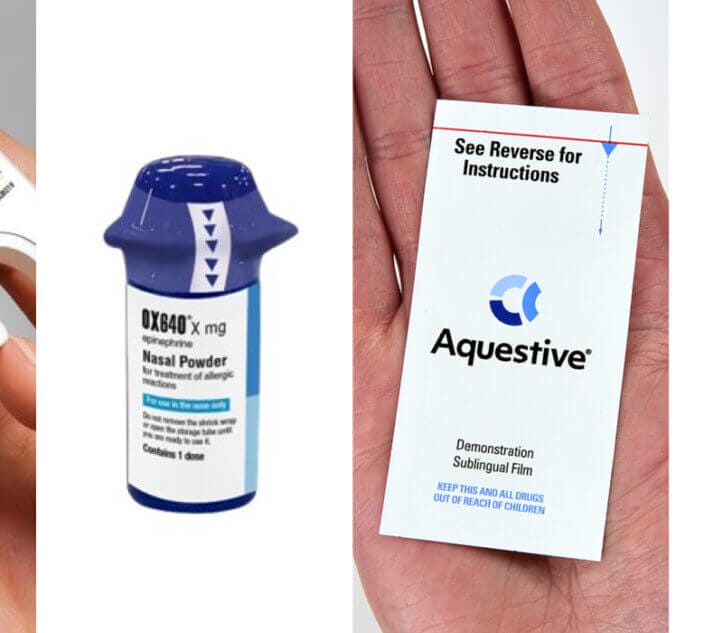
The premise behind oral immunotherapy is that by taking small, then increasing amounts of an allergen under medical supervision, the immune system can be “trained” to no longer recognize the allergen as an invader. Once the therapy is finished, the patient is supposed to continue to take a certain “dose” of the former allergen in the daily diet to maintain desensitization.
Many patients have had good success with OIT in clinical trials. But there have also been obstacles, such as adverse reactions to maintenance doses, which can lead patients to avoid the food, as well as some cases where the newfound allergen protection did not last. This is why researchers are studying ways to improve OIT – before it is considered ready for use in the allergist’s office.
Two key questions arising from OIT trials to date are: what length of a food avoidance period will cause the protection to wane, and how much of the allergen needs to be eaten to remain protected. The two studies presented at the 2014 AAAAI allergists’ conference offer early insights into those questions.
Couple of Peanuts A Day
The first study, conducted by researchers at the University of Virginia, set out to find out the optimal “dose” of peanut required to maintain the desensitization effect after completing supervised OIT treatment. The study involved 20 peanut-allergic patients between the ages of 4 and 19, who underwent peanut OIT. Of these, three withdrew due to reactions.
Among the 17 who completed the treatment and passed an oral food challenge, 10 patients were then specifically instructed to eat one to two peanuts a day at home for an average of just under nine months. Over time, their IgE allergic antibody levels continued to drop. Then they were told: now avoid peanut for one month.
At the end of that month, the 10 all passed a 5,000 mg peanut protein challenge (equivalent to about 16 peanuts). The importance of this said Dr. Scott Commins, one of the study’s authors, is that “maybe in the long run we don’t have to have a really high dose of maintenance.”
Noting that aversion to one’s former allergen can be common, he told a news conference: “the low dose is helpful because children will keep that in their diet, and they don’t fight us as much in terms of eating peanut.”
Commins says it might take longer to reach desensitization using lower peanut doses but, at least in 10 children so far, that’s working. The other seven children in the study will next try an avoidance period, provided their IgE levels fall sufficiently.
The Role of Continuing Exposure
The second study examined the relationship between desensitization and length of avoidance following OIT. Scientists from the University of North Carolina worked with 20 patients until they were considered desensitized, then divided them into two groups. Sixteen patients were told to avoid peanut for one month, while a small group of four was instructed to avoid it for three months. At the end of both periods, the participants were given a food challenge with peanut.
One hundred percent of the first group passed the food challenge, while three out of four subjects in the three-month group did not. Skin-prick tests to peanut showed the four also lost their protection; their IgE antibody levels had regressed to original, pre-treatment levels.
“What we learn from studies like this – at least in terms of the mast cells and basophils – is that three years of therapy is not enough in some to make that effect permanent without ongoing exposure to the antigen, which is peanuts,” Dr. Wesley Burks of the University of North Carolina School of Medicine, past president of the AAAAI, told the news conference.
“It helps us think about future trials, and it helps us think about what’s really feasible for a type of treatment when we talk about any type of immune therapy, whether oral, sublingual or epicutaneous (under the skin).”
Taken together, these two studies indicate that following OIT treatment, just one or two peanuts per day is enough to remain desensitized, while avoiding peanut for three months can be enough to lose the protection. Further research is needed to confirm these early findings.
See also: Special Report: Top Research from the 2014 AAAAI Meeting






